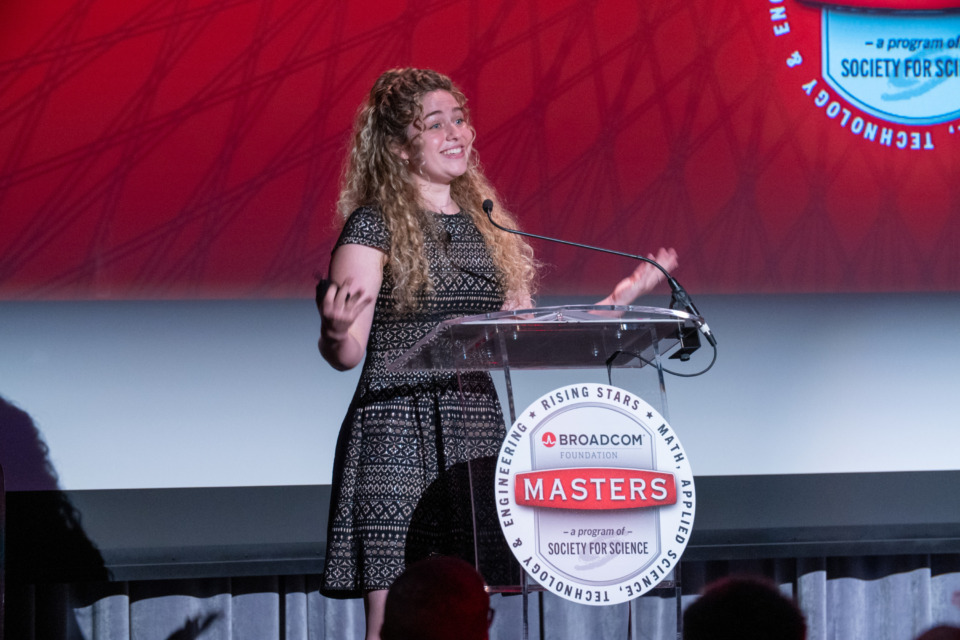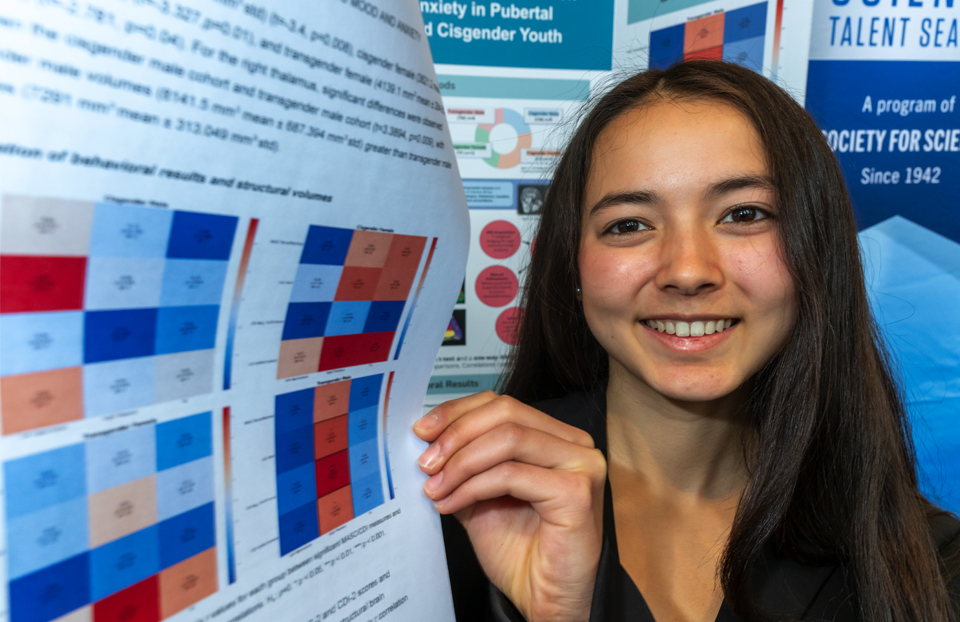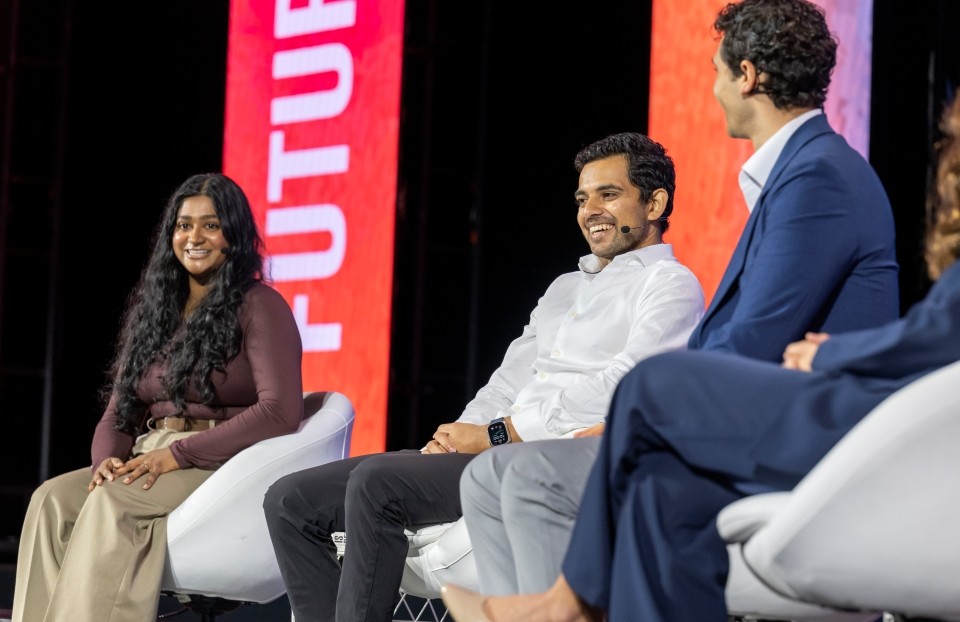Finding common ground with scientists across the pond
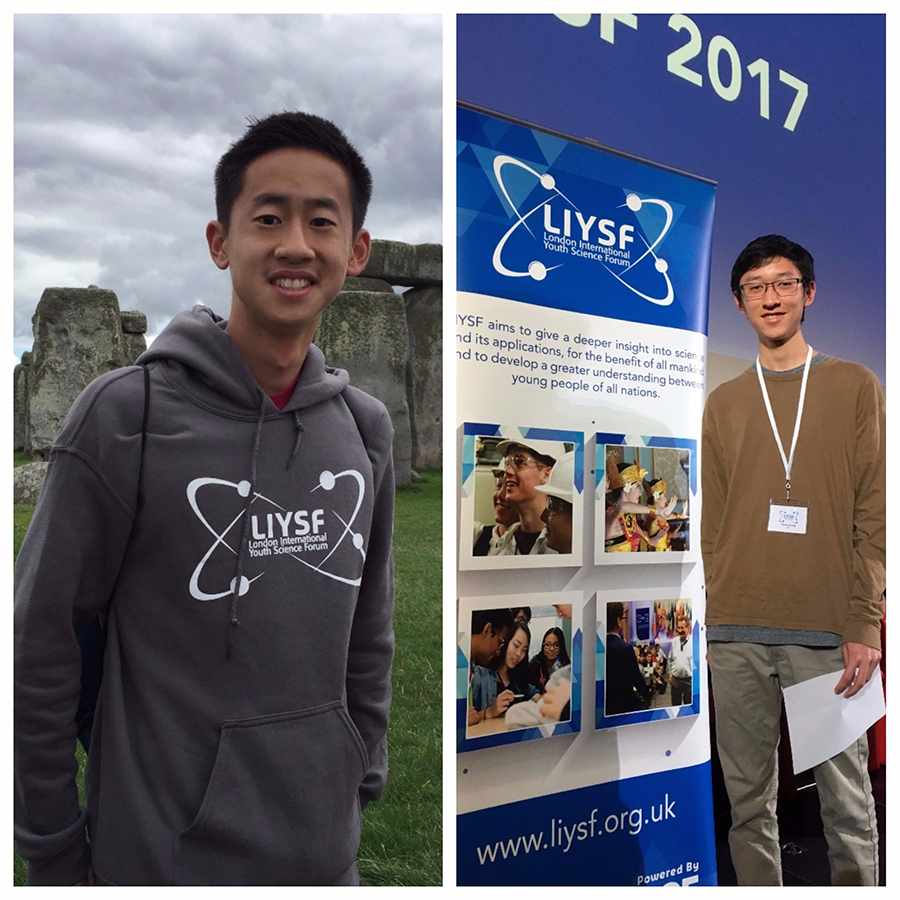
Participating in the Intel International Science and Engineering Fair (Intel ISEF) is a life-changing experience. But in addition to experiencing the excitement of Intel ISEF 2017 and winning Best of Category awards, Davey Huang and Daniel Zhang received another life-changing opportunity when they won the Philip V. Streich Memorial Award to attend the London International Youth Science Forum (LIYSF). Below, they share what they learned from their trip across the pond.
LIYSF was a great opportunity to sample a very wide variety of potential scientific fields through lectures or activities. From particle physics to space travel, I got the chance to hear about so many interesting disciplines.
ABOUT THEIR PROJECTS:
DANIEL: In my project, “Cytosine to Thymine: Unveiling Cancer’s Achilles Heel via a Genome-wide Discovery of CpG Methylation Signatures,” I was trying to see if I could apply the advancements of today, especially the Human Genome Project and next-gen sequencing, to improve the future of tomorrow via a diagnosis and prognosis kit for leukemia. Specifically, that meant trying to find a biomarker that could capture the malignant state of a cancerous cell much earlier than other methods.
After advanced computational analysis, machine learning methods, and intensive lab work, I was able to discover four novel biomarkers for Acute Myeloid Leukemia and seven novel biomarkers for Acute Lymphocytic Leukemia. To simplify the process of detection, I created a methylation specific PCR kit, including primers targeting toward these CpG biomarkers, ultimately allowing for a simple gel electrophoresis-driven test that can be used for the rapid, inexpensive, and noninvasive detection of leukemia in both developed and developing countries.
DAVEY: My interdisciplinary research focuses on using non-invasive observations of human embryo biology and machine learning algorithms to create a model for predicting genetic abnormalities in human preimplantation embryos. My research has applications in the field of in vitro fertilization (IVF). Using my model, IVF clinics may be able to more easily screen for aneuploid embryos before implantation, leading to higher success rates, lower multiple pregnancy rates, and significantly reduced medical costs.
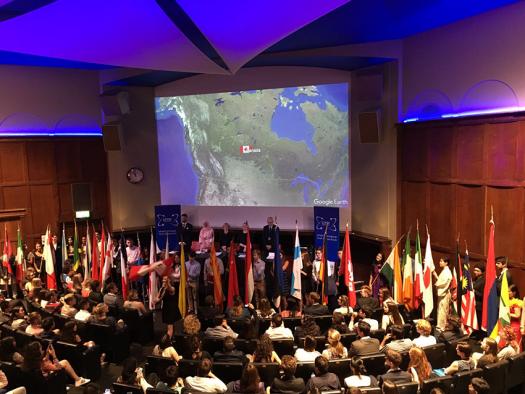
WHAT THEY LEARNED AT LIYSF:
DANIEL: LIYSF was truly an eye-opening experience that really allowed me to see science, research, and the world in a completely different perspective. From talking to all of the curious and STEM-passionate individuals from over 65 countries, to interacting with some of the top professors from the UK and around the world, to visiting some of the top scientific facilities and laboratories in places such as Cambridge and Oxford, LIYSF opened up my mind to question the impossible and to ponder some of the greatest challenges that we face in our society. More personally, I also experienced a pretty big cultureshock, after I found out interesting points (after conversing with some local Englanders), like how they spelled catalyze with an s, or how they pronounce A through Z as A through Zed!
LIYSF opened up my mind to question the impossible and to ponder some of the greatest challenges that we face in our society.
DAVEY: LIYSF was a great opportunity to sample a very wide variety of potential scientific fields through lectures or activities. From particle physics to space travel, I got the chance to hear about so many interesting disciplines. From this experience, I learned to keep an open mind when it comes to choosing a field of study. Hearing about all the advancements in science going on now, it’s very likely that new, attractive areas of study could arise from anywhere.
THEIR FAVORITE ACTIVITIES AT LIYSF:
DANIEL: My favorite activity at LIYSF was definitely the poster bazaar session and being selected as a top 10 FameLab oral presenter. Never in my life have I presented to so many people! It was so inspiring to be able to gain so many different perspectives and input on my project. At FameLab, I had to give a three minute oral presentation without any visual aids or props. Practicing with the FameLab directors, assistants, and fellow LIYSF peers, I was really able to condense down to what was truly necessary and present in a way where individuals of all scientific backgrounds could comprehend my work.
Despite our cultural differences, we were able to connect over problems and topics ranging from climate change to tissue engineering.
DAVEY: There were so many! I especially enjoyed the specialist lectures where a professor would give a two-hour lecture on their field of study. The lectures I loved the most were the ones when the professor would go in-depth about their areas of research. For instance, I attended a specialist lecture by Dr. Enrique Amaya from the University of Manchester, and he talked about his lab’s research. His lab found that reactive oxygen species (ROS) are critical for tissue regeneration, which is really interesting because ROS are conventionally known to be toxic to cells. That’s why antioxidants are good for you! That’s just one example of a really great specialist lecture. I only wish I had the time to attend more!

HOW THEY PLAN TO APPLY LESSONS FROM LIYSF IN EVERYDAY LIFE:
DANIEL: LIYSF was incredible due to the interaction with so many international cultures. Despite our cultural differences, we were able to connect over problems and topics ranging from climate change to tissue engineering. Finding such a common ground with people that at first may seem so different was at first surprising, but also extremely gratifying. I hope to apply this open mindedness to better communicate both my research and in general — in order to connect with people of diverse backgrounds and passions.
DAVEY: At LIYSF, there were students from approximately 65 countries around the world. Just talking with people from all around the world has had an impact on me. Science really brings people together, and that’s something I want to continue to foster every day of my life.
WHAT ELSE THEY’VE BEEN UP TO THIS SUMMER:
DANIEL: This summer I have continued to do scientific research, both refining and optimizing my leukemia diagnostic project and exploring other directions (in part inspired by LIYSF!) But in essence, this summer I went by the motto: Eat, sleep, lab, repeat!
Science really brings people together, and that’s something I want to continue to foster every day of my life.
DAVEY: I’ve been doing a lot of research. Last year, I met an amazing professor at a conference in my home state of Hawaii. I proposed a research idea to her at the conference, and she was kind enough to let me work in her lab in Georgia over the summer. I’ve also been doing continued work on my research described above. Namely, doing more computer modeling and writing a paper for submission. I also finished watching the Netflix series Stranger Things and had a great time with that!
